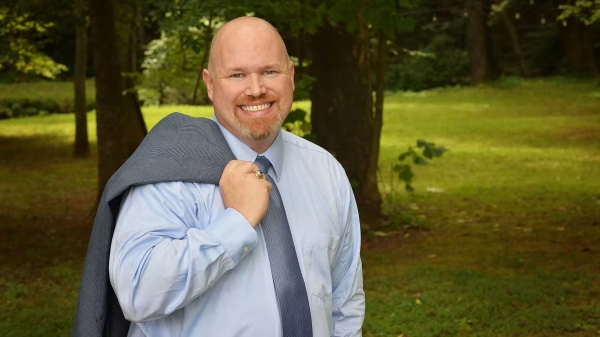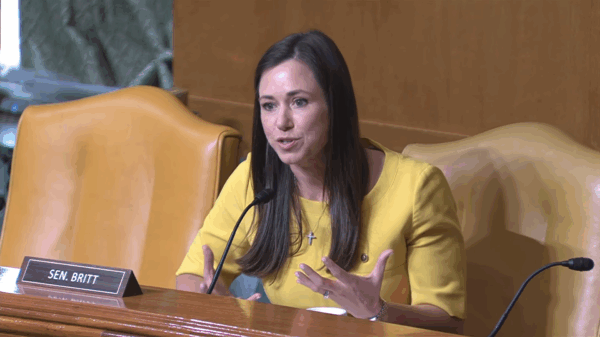Lice so severe that even kerosene couldn’t kill them. Shoeless feet padding aimlessly. Gross malnourishment.
That’s how people described the Yellow Hammers, a semi-isolated colony of the ostracized and downtrodden in Illinois that developed during the Reconstruction Era.
The history of the Yellow Hammers is murky. As the legend goes, a Colonel Brodie of the Civil War — it doesn’t include a first name — came home to Alabama, the Yellowhammer State, and relocated to Wilmington, Illinois where he purchased several acres of wooded land and invited anyone from his home state to come live on it, creating essentially an encampment people called “Brodie’s Woods.” Those people who relocated to Wilmington from Alabama were impoverished, almost permanently, and made pariahs in the community as they huddled on Brodie’s land.
The pariahs’ poverty prevented those among them who were employed from purchasing their own equipment so they used company tools — when they were able to work — whose handles were painted yellow.
These stories, reported by a high school student, can’t be confirmed. First, the only nineteenth century colonel named Brodie was about 12 years old when the Civil War started. One William Brodie from Alabama fought in the Civil War but there’s no record of his being a colonel. A now defunct local Chicago newspaper, the Surburbanite Economist, reported in 1970 that an area of Wilmington, Illinois was known as Brodie’s Woods, but that’s one of very few verifiable mentions of the area.
The more likely story of the root of Yellowhammer is that a cavalry of soldiers from Huntsville went to Kentucky during the Civil War to aid Gen. Nathan Bedford Forrest’s — history will call him both a Grand Wizard of the Ku Klux Klan and an innovative warrior — Company A of the Confederate Army. They wore new sharp gray uniforms adorned with brilliant yellow trim. A Confederate soldier in tatters said they looked like the bird the yellowhammer, a type of woodpecker, which was made Alabama’s state bird in 1927. The Yellowhammers ended up becoming valuable team members; they supported several of Gen. Forrest’s victories, one of which frustrated Gen. Ulysses Grant’s Vicksburg Campaign.
That the history of the Yellow Hammers is so hard to pin down says quite a bit about the state today; tracing what really happens proves difficult. Even though Alabama media tries to cover events inside the prisons, the state of news in 2023 dictates that coverage isn’t as complete as anyone would like.
Just as the history of the Yellowhammers is unclear, the view into Alabama’s prisons is muddied by the Alabama Department of Corrections (ADOC) and its commitment to opacity. The officials who run that system do not like looksies. Early this year, ADOC stopped releasing the number of in-custody deaths on a monthly basis, ostensibly because there were so many that they either couldn’t keep up or didn’t want to be embarrassed by their inability to protect the state’s wards.
Nevertheless, the reports of carnage that keep dripping out — two men were murdered on May 15, 2023, an additional pair added to a list of over 60 since January 1, 2023 — have contributed to a narrative that men and women in Alabama prison are incorrigible, even feral, when all they’re doing is adapting to the environment that the state has established for them.
The truth is that a good number of them are quite high-minded. When they staged a strike last fall, they didn’t even protest the squalid conditions they live in, which happen to be deplorable. Instead they sought policy reform on sentencing and parole which will ultimately benefit people beyond them.
Their strike demands were imminently reasonable, despite Gov. Kay Ivey’s disagreement. But the demands were really only part of the story of the strike. My sources tell me that — under the guidance of some dedicated leaders who I won’t name now — rival gangs and sworn enemies convened in good faith to hammer out what they needed to ask for. In that respect, they’re behaving better than many of us on the outside if they can display that type of comity. They came together despite the fact that they worry every day — along with family and friends — that they’ll be killed or starved. They’re fighting back non-violently. Bravely.
And even effectively. Because of the strike demands, lawmakers introduced two bills poised to pass the Alabama legislature. First is a bill that would mandate the right to attend one’s own parole hearings by video (they can’t attend these crucial proceedings now) and second is a bill that would allow people serving life sentences to petition to have their punishment reduced. Most prison work stoppages achieve nothing. This group of men and women convinced people to listen and act. Do not count these people out.
That doesn’t mean the wind is under their yellowhammer wings. Gov. Ivey just signed a bill into law that reforms the so-called “good time” statute by making it harder to earn time off one’s sentence because ADOC failed to take the good time of someone who attempted escape. Their resilience doesn’t mean they’re safe now or being treated justly. It’s just the opposite.
Alabama’s prison population reflects a lot of their Yellowhammer history. Like woodpeckers, they’re tenacious fighters. Much like the Yellowhammer Cavalry in 1862, they’re nimble, capable of putting up a few wins, but then ultimately forgotten.
And they aren’t living much differently than Brodie’s Yellow Hammers. Some aren’t supplied shoes and therefore aren’t allowed in the chow hall. As I have reported before, the ADOC intentionally starves them when they assert their rights. They wander, often squatting in dorms where they’re not assigned because they want to avoid being raped. The violence doesn’t cease; I hear reports of outright beatings that all too often result in lost “good time” but no medical treatment. And they huddle, displaced and ostracized, in one of Alabama’s 15 state-sanctioned colonies of fear and panic.
But unlike the legend of Brodie’s Woods, these tales are true and verifiable. There’s no fiction here. It’s traceable. It tracks, all too well.
This unflinching series goes inside Alabama’s criminal legal crisis: the Yellowhammer Files. We’re going to trace and track data and stories until something changes. Check these files as they are published and you will be stunned by what you read.





















































